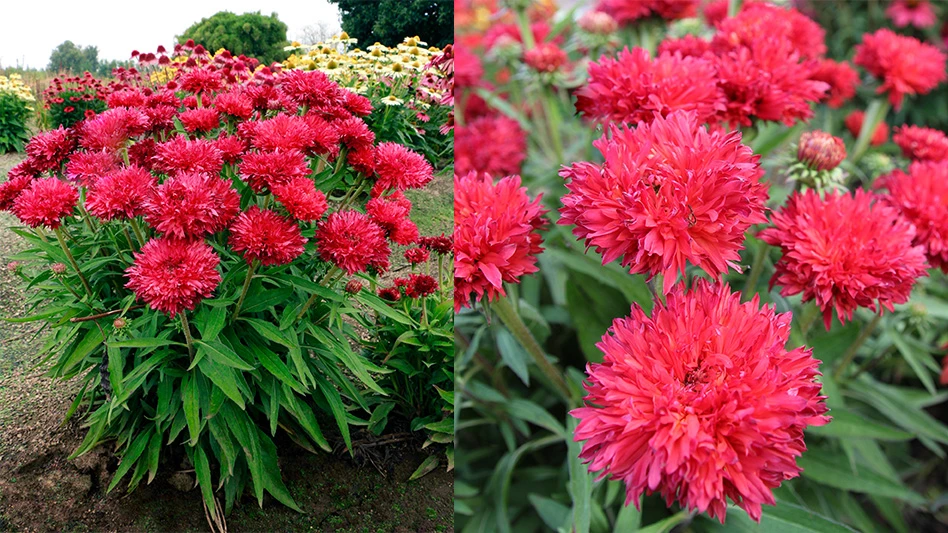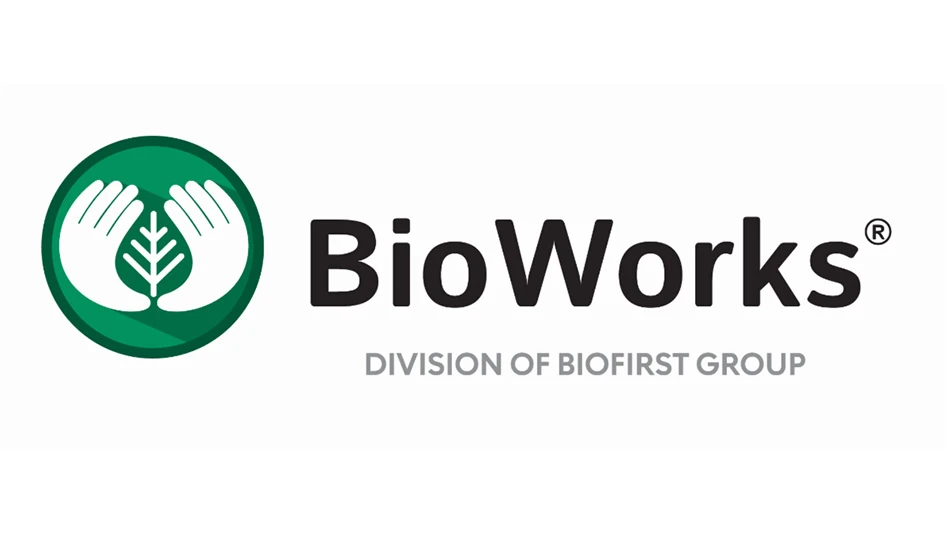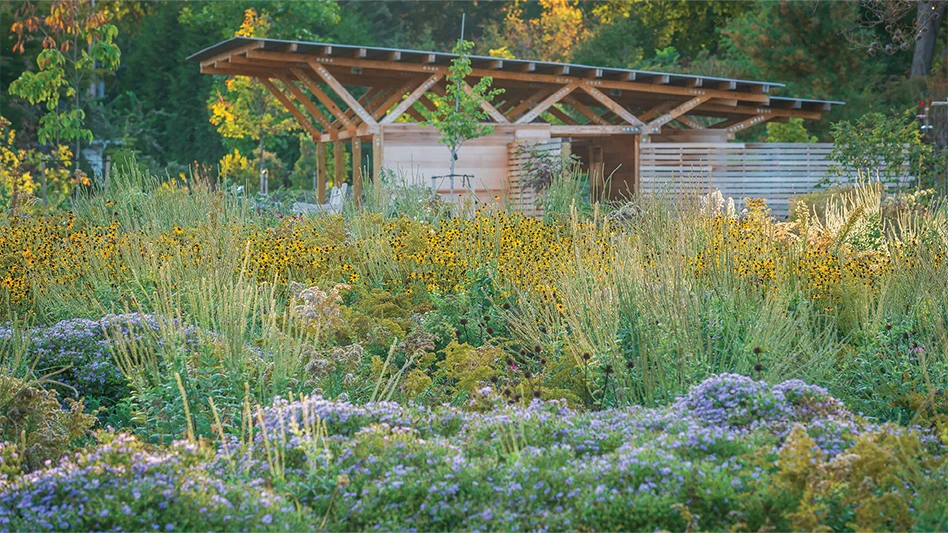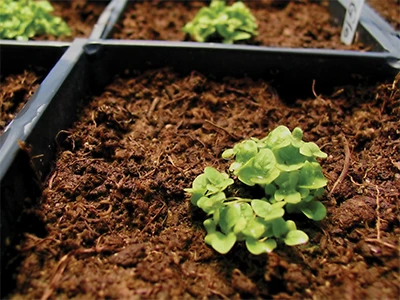
 GM: How do we stop and prevent disease and treat disease that would start in the growing media?
GM: How do we stop and prevent disease and treat disease that would start in the growing media?
AC: The biggest concern is that the medium itself might be conducive to a disease taking off and the most obvious disease problem is going to be Pythium. Growers can invite the disease by using either a low quality potting medium or watering badly — watering too much, not allowing drying down in between.
Growers should not be preventing these diseases with fungicides. They should be preventing them with good cultural means.
GM: And what are some examples of good cultural means?
AC: Watering at the level that the crop needs, and knowing what potting medium you have. Knowing what the characteristics are. I’ll give you an example. When we switch over from using a lot of peat-based mediums, we find that we have to re-learn how to water and how to fertilize in a different medium. Because it requires different things, and therefore it affects your plant growth, and then that affects whether or not you have a root disease. You have to be aware that if you change one piece of your puzzle, it’s a cascading effect and you’re changing everything.
GM: How then should growers determine the best watering practices for their operation?
AC: To water appropriately, they have to take into consideration how much capacity the medium has to hold water, how much the plant needs—are they looking at teeny, tiny plugs, or are they looking at a larger liner that will take off?
Here’s another complicating factor—heating a structure could create more of a challenge with irrigation, because growers aren’t getting a natural growth out of the plant. Operations that lack warmth in the greenhouse are going to make it harder for the potting medium to dry out.
GM: Which plants are most affected by Pythium?
AC: The most susceptible plants, honestly, are going to be the tiny ones that are put into too big a pot. And growers might pot something up once instead of maybe twice. That puts a stress on the little plants, because they basically have too much potting medium to contend with.
GM: How do growers develop Pythium?
AC: You have to have water-logged or overwatered soil. You also help Pythium by fertilizing too much, which also is going to be a concern at this time of year since the plants just won’t use the fertilizer as fast as you want to give it to them.
The other thing to consider on Pythium prevention and just setting things up right is to consider using a bio-control agent before there are any problems. That can help tremendously in making sure nothing does develop as a problem, but it has to be preventative.
 GM: What type of biocontrols?
GM: What type of biocontrols?
AC: Things like RootShield Plus, Actinovate, MycoStop are some of the ones that are out there to prevent some types of diseases, and they’re good as prevention. They actually help in a lot of ways.
GM: How can mediums contract diseases? And how does it spread throughout a facility?
AC: If you were to drop potting medium on the greenhouse floor or under the bench and then decided there was enough there to use, you could very definitely be moving a problem up into the plant. So once it hits the floor, it needs to go out.
The other thing that can move some diseases are flies (like fungus gnats) in the greenhouse, they’ve been proven to move some soilborne diseases like Pythium and Fusarium.
Though, the main thing is that the plants are not grown ideally, giving rise to soilborne disease. You can outgrow Pythium if you have good cultural practices. Ultimately, Pythium should never be a problem for growers.
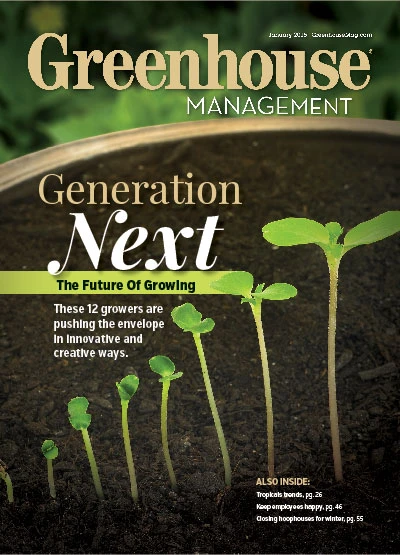
Explore the January 2015 Issue
Check out more from this issue and find your next story to read.
Latest from Greenhouse Management
- Grant awarded to test western U.S. wood species for use as wood fiber potting substrate
- Pennsylvania Horticultural Society announces 2025 Gold Medal Plant winners
- Oasis Grower Solutions announces new Southeast territory sales manager
- How to reduce labor in greenhouse vegetable production
- A nation of gardeners: A history of the British horticulture industry
- Last Word with Angela Labrum, Bailey Nurseries
- Iowa plant supplier Plantpeddler building retail complex
- This month's Greenhouse Management magazine is about native plants and sustainability


